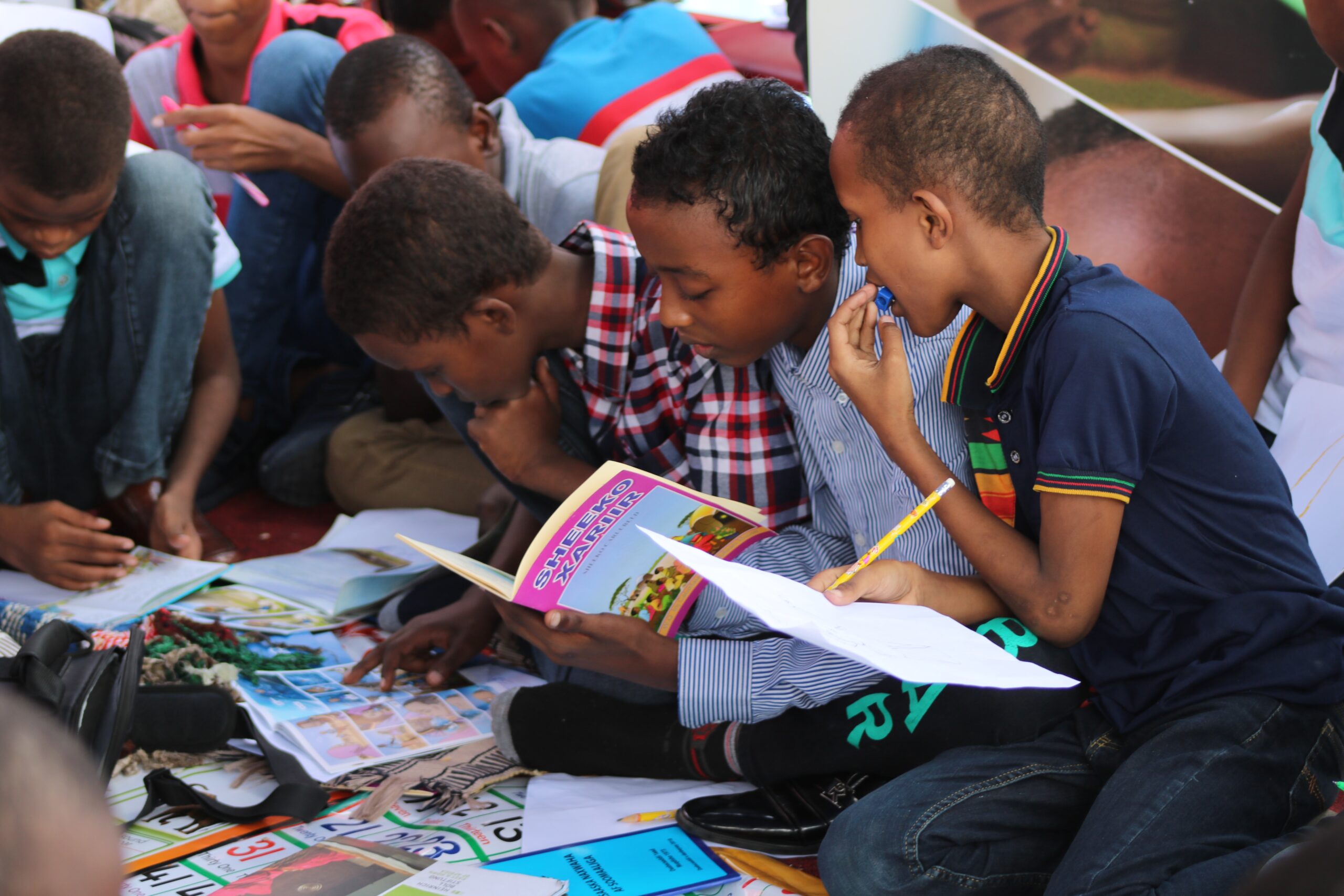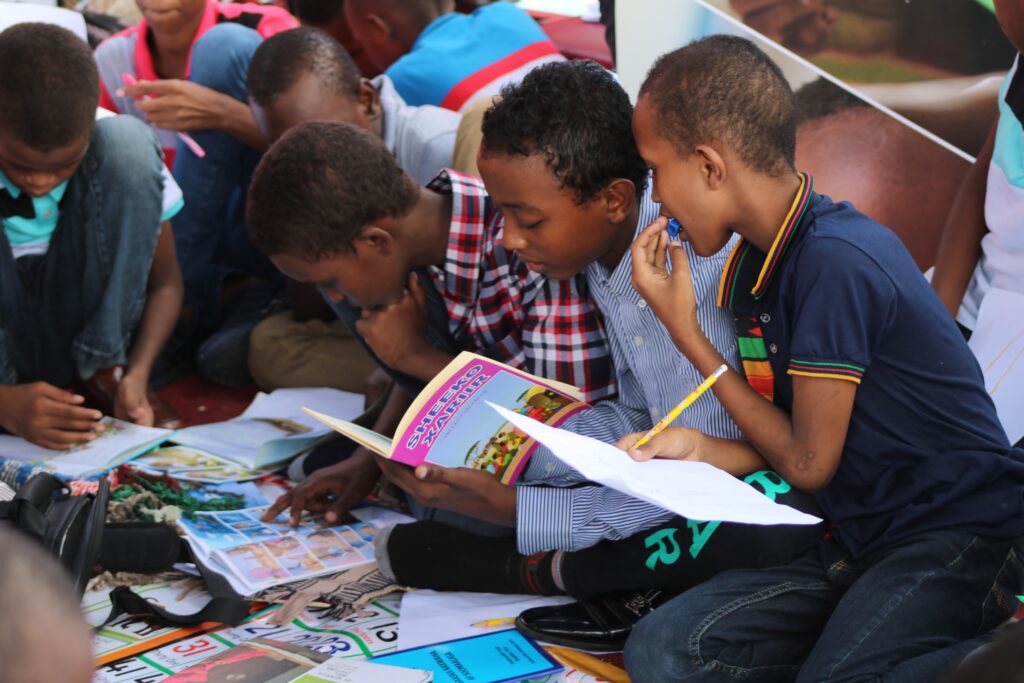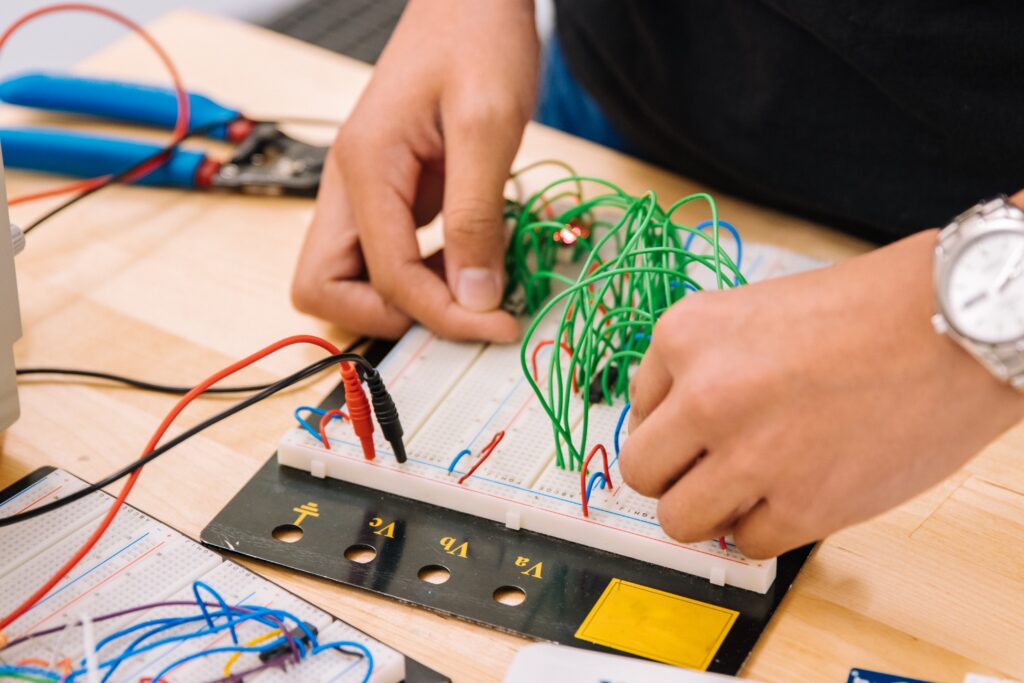
In this article, we’ll explore the fascinating world of artificial intelligence and its ability to generate images. You’ll learn how AI algorithms use deep neural networks to create realistic and sometimes even surreal visuals. We’ll also delve into the different applications of AI-generated images, from enhancing photography to creating artwork. So, join us on this journey as we uncover the wonders of AI’s creative capabilities!

Understanding AI-generated Images
What are AI-generated images?
AI-generated images refer to images that are created or modified through artificial intelligence algorithms. These algorithms use various techniques, such as deep learning and computer vision, to analyze existing images and generate new ones. AI-generated images can range from realistic photographs to abstract artworks, showcasing the impressive capabilities of AI in the field of image generation.
How do AI algorithms create images?
AI algorithms create images through a process called deep learning. Deep learning models, particularly neural networks, are trained on vast amounts of data to learn patterns, styles, and features present in images. These models then use this learned knowledge to generate new images that align with the desired output.
The process typically involves feeding the neural network with input images and providing it with a target output or desired style. The network then adjusts its internal parameters through a process called backpropagation, continuously refining its image-generation capabilities. This iterative training process enables AI algorithms to produce increasingly realistic and high-quality images over time.
Different types of AI-generated images
AI-generated images fall into various categories based on their intended purpose and the techniques used to generate them. Some common types include:
-
Photo-realistic images: AI algorithms can generate incredibly realistic images that resemble photographs. These images can be indistinguishable from those captured by a human photographer.
-
Artistic images: AI algorithms can create abstract and avant-garde artwork, imitating the style of famous artists or creating entirely new artistic styles. These images often showcase the creativity and imagination of AI.
-
Style transfer images: AI algorithms can combine the style of one image with the content of another, creating unique and visually striking images. This technique allows artists and designers to experiment with different visual aesthetics.
Applications of AI-generated Images
AI-generated images in art and design
AI-generated images have revolutionized the field of art and design. Artists and designers can now leverage AI algorithms to create unique and visually stunning artworks. AI-generated images can serve as a source of inspiration, allowing artists to explore new styles, color palettes, and compositions. Additionally, AI algorithms can assist artists by generating initial sketches or even completing certain portions of an artwork.
AI-generated images in advertising
In the advertising industry, AI-generated images have become invaluable tools for creating captivating and eye-catching visuals. Advertisers can use AI algorithms to automatically generate a vast array of images for promotional materials, ensuring a consistent and appealing visual aesthetic. AI-generated images can help businesses save time and resources by eliminating the need for extensive photoshoots or graphic design work.
AI-generated images in gaming and virtual reality
The gaming and virtual reality industries have also embraced AI-generated images. AI algorithms can create realistic landscapes, characters, and objects, enhancing the immersive experience for gamers and VR enthusiasts. Additionally, AI-generated images can be used to create procedurally generated content, providing endless possibilities for game worlds and environments.

Ethical Considerations
Potential misuse of AI-generated images
While AI-generated images bring numerous benefits, there are also ethical concerns surrounding their potential misuse. These images can be used to spread misinformation, create misleading content, or even generate deepfake videos, which manipulate visual media to depict individuals saying or doing things they never did. Such misuse can have severe consequences, including the spread of false information or reputation damage.
Ensuring transparency and accountability
To address these concerns, it is essential to ensure transparency and accountability in the creation and use of AI-generated images. Developers and researchers must disclose when images have been generated by AI algorithms to avoid misleading viewers. Additionally, regulations and ethical guidelines need to be established to prevent the malicious use of AI-generated images and protect individuals from potential harm or exploitation.
The impact on art and creativity
The emergence of AI-generated images has sparked debates about the role of AI in art and creativity. Critics argue that AI algorithms cannot replicate the nuances and emotions embedded in human-created art. However, proponents believe that AI-generated images can coexist with traditional art forms, serving as a source of inspiration or collaborating with human artists to create unique and innovative artworks.
Advantages and Challenges
Advantages of AI-generated images
The use of AI algorithms for image generation offers several advantages. Firstly, AI-generated images can save time and resources by automating the creation process, eliminating the need for extensive manual work. This is especially beneficial in industries such as advertising or graphic design, where a high volume of visuals is required.
Secondly, AI-generated images can break free from traditional constraints and open up new creative possibilities. AI algorithms can generate images that human artists may not have imagined or conceived, pushing the boundaries of visual art and design. This can lead to the exploration of new styles, aesthetics, and even help in solving design problems by providing novel perspectives.
Challenges in creating realistic images
Although AI algorithms have made significant progress in generating realistic images, challenges still exist. One of the main challenges is the difficulty in capturing the complex and subtle details present in the real world. While AI algorithms may produce visually appealing images, they often lack the nuanced understanding of the subject matter that humans possess.
Another challenge lies in the limitations of the training data available. The quality and diversity of the training data significantly impact the generated image’s realism and quality. Insufficient or biased training data can result in AI-generated images that are inaccurate or prone to stereotypes and biases.
Limited human control over AI-generated images
Another consideration is the limited control and interpretability of AI-generated images. Unlike traditional art, where artists have complete control over the creative process, AI algorithms operate based on learned patterns and mathematical calculations. This lack of interpretability can make it challenging to fine-tune or guide the AI algorithms effectively.
Furthermore, AI-generated images can sometimes perpetuate existing biases present in the training data. Without careful considerations and proper oversight, AI algorithms can inadvertently reinforce societal biases or stereotypes, leading to potentially harmful or discriminatory outcomes.

AI Algorithms and Deep Learning
Neural networks and image generation
At the core of AI-generated image creation are neural networks, a type of deep learning model inspired by the human brain’s structure. Neural networks consist of interconnected layers of artificial neurons that process and analyze data, including images. These networks pass information forward through layers, extracting features and patterns at each step.
To generate images, neural networks can take advantage of a type of neural network known as a generative model. Generative models, specifically generative adversarial networks (GANs) and variational autoencoders (VAEs), are trained to generate new images by learning the underlying distribution of the training dataset. This allows them to create entirely new images that resemble the data they were trained on.
Generative Adversarial Networks (GANs)
Generative Adversarial Networks (GANs) are a popular type of generative model used in AI-generated image creation. GANs consist of two competing neural networks: a generator and a discriminator. The generator network takes random input and attempts to generate realistic images, while the discriminator network learns to differentiate between real and generated images.
During training, the generator network improves by trying to deceive the discriminator network, while the discriminator network becomes better at distinguishing between real and generated images. This adversarial training process leads to the generation of highly realistic images as the generator network learns from the feedback provided by the discriminator network.
Style transfer techniques
Style transfer techniques are another approach used in AI-generated image creation. These techniques involve transferring the style or artistic elements of one image onto the content of another image. By extracting style features from one image and combining them with the content features of another image, AI algorithms can create visually captivating and unique images that blend different styles.
Style transfer techniques can be used to transform a photograph into an impressionistic painting or apply the style of a specific artist onto an existing image. This allows for the creation of visually stunning images that combine the best elements of different artistic styles.
Popular AI Image Generation Tools
DeepArt.io
DeepArt.io is an online platform that utilizes AI algorithms to generate custom artwork based on user inputs. Users can upload their images and choose the artistic style they want to apply, resulting in AI-generated images that resemble the chosen style. DeepArt.io allows individuals to explore various artistic styles and experiment with different visual aesthetics quickly and easily.
RunwayML
RunwayML is a powerful tool for creative professionals that enables them to utilize AI algorithms for image generation and manipulation. The platform provides a user-friendly interface and access to a wide range of pre-trained models, including GANs and style transfer algorithms. RunwayML empowers users to leverage the capabilities of AI in their creative work, making it an invaluable tool for artists, designers, and photographers.
DALL·E
DALL·E is a groundbreaking AI model developed by OpenAI that generates unique images from textual descriptions. This model combines techniques from GANs and natural language processing to convert textual prompts into meaningful and original images. DALL·E has the potential to revolutionize the creative process, allowing individuals to generate entirely new visual concepts based on their written descriptions.
Impact on Photography and Stock Images
Automated generation of stock images
AI-generated images have the potential to disrupt the photography and stock image industries significantly. AI algorithms can create high-quality and diverse images at a much faster rate than human photographers. This automated generation of stock images can provide businesses and designers with a vast pool of visuals to choose from, reducing the reliance on traditional stock image libraries.
Challenges for professional photographers
The rise of AI-generated images poses challenges for professional photographers. As AI algorithms become more sophisticated, they can emulate various photographic styles and capture impressive images without human intervention. This may lead to a decrease in demand for traditional professional photography services, as businesses and individuals turn to AI-generated images for their visual needs.
However, professional photographers can leverage their creativity, unique perspectives, and personal connections with clients to differentiate themselves from AI-generated images. The ability to evoke emotions, tell stories, and capture the essence of a moment remains a distinct skill that sets human photographers apart from AI algorithms.
Copyright and ownership concerns
AI-generated images also raise concerns regarding copyright and ownership. Determining the original creator of an AI-generated image can be challenging, as it is the result of a collaboration between the AI algorithm and the input data it was trained on. This ambiguity in ownership raises questions about intellectual property rights, copyright infringement, and fair use.
Clear guidelines and legal frameworks need to be established to address these concerns, providing clarity on ownership, usage rights, and attribution for AI-generated images. This will ensure fair compensation for artists and photographers while enabling the responsible and ethical use of AI in image generation.
Future Developments and Potential Challenges
Improving image quality and realism
Future developments in AI-generated image creation will likely focus on improving image quality and realism. AI algorithms will continue to refine their ability to capture intricate details, textures, and lighting conditions more accurately. Advancements in computational power and training techniques will contribute to generating even more convincing and visually stunning images.
Addressing ethical and legal considerations
As the use of AI-generated images becomes more prevalent, it is crucial to address the ethical and legal considerations associated with their creation and usage. Stricter regulations and guidelines must be implemented to ensure transparency, prevent misuse, and maintain accountability. Continuous research and collaboration between technology developers, policymakers, and the creative community will be essential in navigating these complexities.
Potential societal impact and job displacement
The widespread adoption of AI-generated images may lead to significant societal impact, including job displacement in the creative industry. As AI algorithms become more capable of generating high-quality images, there is a possibility that certain roles, such as stock photographers or graphic designers, may become less in demand. However, it is important to recognize that AI-generated images can also create new opportunities and reshape existing roles, promoting innovation and collaboration.
Conclusion
In conclusion, AI-generated images have emerged as powerful tools in various fields, including art, advertising, and gaming. The capabilities of AI algorithms in image generation continue to evolve, pushing the boundaries of creativity and visual aesthetics. While there are ethical considerations and challenges associated with AI-generated images, their potential for innovation and efficiency cannot be ignored.
The responsible and ethical use of AI-generated images requires transparency, accountability, and continuous dialogue between technology developers, artists, policymakers, and the wider society. By harnessing the strengths of AI while preserving the uniqueness of human creativity, we can unlock new possibilities and shape a future where AI-generated images coexist harmoniously with traditional art forms.



